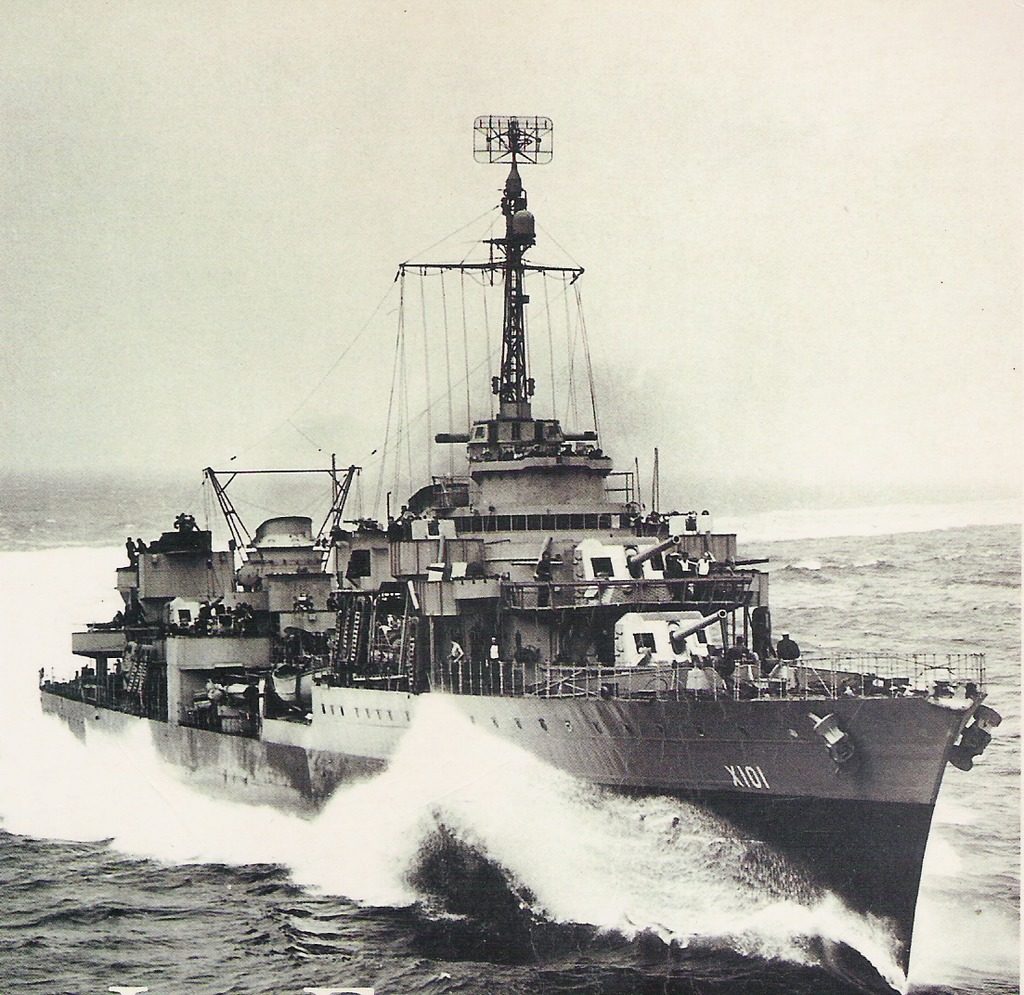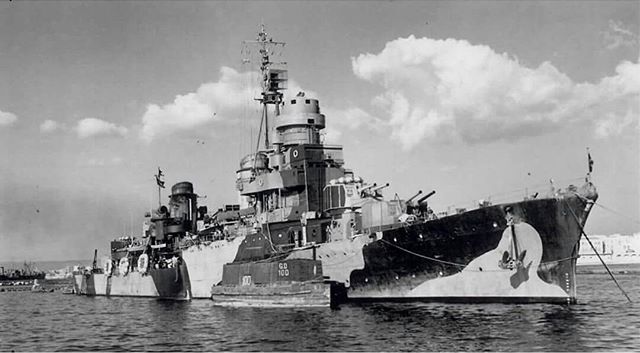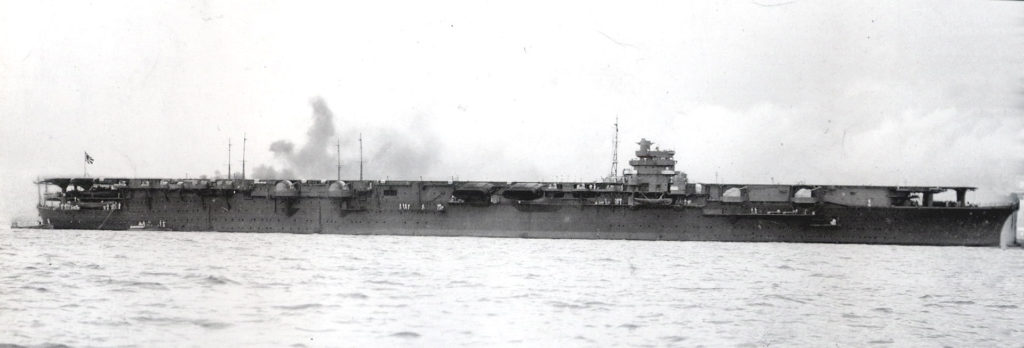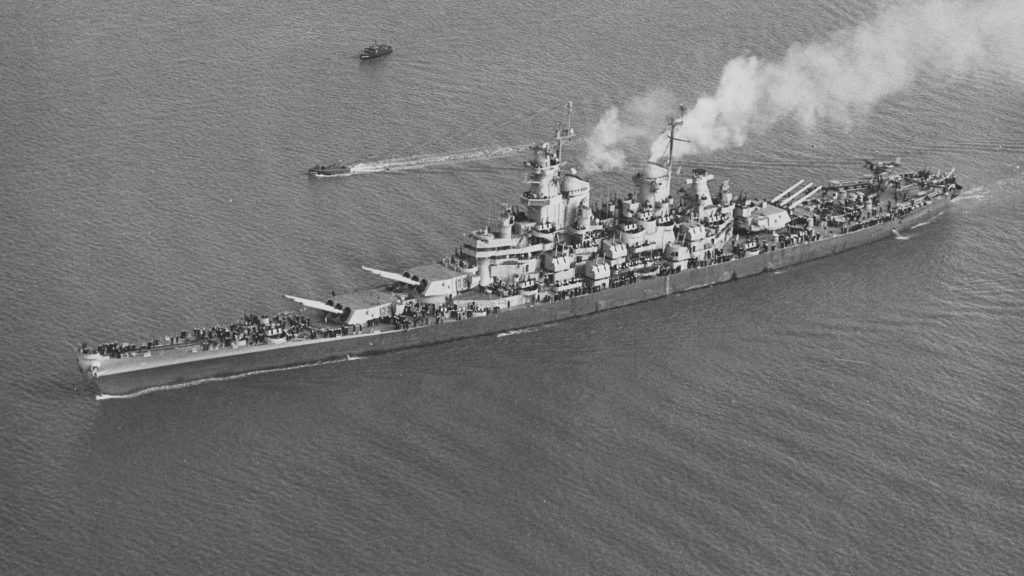Submarines
The Type XVII U-boats were small coastal submarines that used a high-test peroxide propulsion system, which offered a combination of air-independent propulsion and high submerged speeds.In the early 1930s Hellmuth Walter had designed a small, high-speed submarine with a streamlined form propelled by high-test peroxide (HTP) and in 1939 he was awarded a contract to build an experimental vessel, the 80 ton V-80, which achieved an underwater speed of 28.1 knots (52.0 km/h; 32.3 mph) during trials in 1940. In November 1940 Admirals Erich Raeder and Werner Fuchs (head of the Kriegsmarine's Construction Office) witnessed a demonstration of the V-80; Raeder was impressed, but Fuchs was slow to approve further tests.
Following the success of the V-80's trials, Walter contacted Karl Dönitz in January 1942, who enthusiastically embraced the idea and requested that these submarines be developed as quickly as possible. An initial order was placed in summer 1942 for four Type XVIIA development submarines.
Do you have the need for speed? The warships in this article certainly do! We have previously done articles about the largest cruisers and the biggest battleships. For this article we are breaking the fastest warships of World War 2 based on class. We will examine the fastest destroyer, cruiser, battleship, and aircraft carrier used during the Second World War. Some ships are relatively well known, but a few of our winners are largely unknown warships to the public at large. However, they all have one thing in common and that is that they are all exceedingly fast.
Fastest Destroyer – Le Fatasque Class
Six ships of this class were built, consisting of the ships Le Fantasque, Le Malin, Le Terrible, L’Indomptable, L’Audacieux, and Le Triopmhant. Though the ships were large, exceeding 430′ (132m) in length, they carried a correspondingly large powerplant. The destroyers could produce up to 81,000shp, enough to propel the ships to speeds of 45 knots. This not only made them the fastest destroyers of World War II, but the fastest destroyers of all time!
At the start of World War II, the six ships of the Le Fantasque class were all assigned to France’s powerful Force De Raid squadron. Following the German conquest of France, the sisters then joined the Vichy French fleet. Two of the ships, L’Indomptable and L’Audacieux, were lost. (L’Indomptable at Toulon in Nov 1942 and L’Audacieux at Bizerte in May 1943). The surviving four ships joined the Allies and were sent to the United States for refit. Under the Allies, the Le Fantasque class were reclassified as cruisers. They were also equipped with so much new weaponry and equipment that their famous speed was dropped to 37 knots. This made them slower than other destroyers (Tashkent, Shimakaze), however none of those ships could approach their original speed. The remaining ships surviving World War II and survived into the late 1950s, early 1960s.
Fastest Cruiser – Capitani Romani Class
Though twelve of these ships were envisioned by Italy, only four would be completed. Of those ships, only three (Scipione Africano, Attilio Regolo, and Pompeo Magno) managed to be completed before the Italian Armistice. At only 466′ overall and displacing less than 5,500 tons, the ships were small for cruisers. However, with their powerful 125,000 shp engines the Capitani Romani class could exceed 40 knots. During trials, the ships exceeded 43 knots though at combat displacement they could only manage about 40-41 knots at combat loads.
The Capitani Romani class did not see much combat during World War II. Of the three ships, only Scipione Africano saw combat. On the night of July 17, 1943, she ambushed a small squadron of British MTB (Motor Torpedo Boat). Using radar, Scipione Africano detected the British ships and immediately accelerated. Using her high speed, she managed to catch the MTBS by surprise. With rapid, accurate fire, she sank one and damaged another. She rapidly cleared the area before the remaining British ships could mount a counter-attack. After the War, the Capitani Romani class saw more use. Two of the ships were ceded to France where they were refitted and served until the 1970s. The other two ships continued to serve in the Italian Navy, one making it until the 1980s.
Fastest Carrier – Shokaku Class
Two ships of the class entered service, Shokaku and Zuikaku. Capable of operating up to 84 aircraft, the ships were large with a length of 844′ and a displacement of 31,600 long tons. Getting this bulk through the water was not difficult however as the Shokaku class were fitted with the most powerful power plant ever installed in a Japanese warship. Capable of generating over 160,000shp, the powerplants of the Shokaku class were more powerful than those found in the monstrous Yamato class battleships or the powerful Mogami class cruisers. The powerful engines, when coupled with a sleek hull design and a bulbous bow, gave the Shokaku class an extremely high speed of 34.5 knots.
The Shokaku sisters fought in every major naval battle of the Pacific Campaign. They were arguably the most powerful carriers in the Japanese arsenal. (Taiho might be considered more powerful, but she never carried an experienced airgroup like the Shokaku sisters.) Immediately after commissioning, the carriers began preparing to take part in the Pearl Harbor raid. Following the raid, they then took part in other engagements such as the Battle of Coral Sea and the Indian Ocean Raid. These early engagements resulted in the loss of experienced aircrew. The sisters continued fighting, but not quite at the lethal efficiency they once enjoyed. Shokaku was finally sunk during the Battle of the Philippine Sea by a submarine. Zuikaku was sacrificed as a diversion during the Battle of Leyte Gulf, being sunk by American carrier aircraft.
Fastest Battleship – Iowa Class
The Iowa class battleships were the result of that requirement. Six ships were ordered, but only four (Iowa, New Jersey, Missouri, and Wisconsin) would be completed, the first ships entering service in 1943. The need to carry a powerful powerplant resulted in the largest US Battleship ever produced. The ships were just over 887′ in length overall with a displacement of 57,000 tons at full load. Propelling this bulk through the water was a massive 212,000shp powerplant. At combat loads, the Iowa class could exceed 32 knots. Lightly loaded, New Jersey managed to steam at a remarkable 35.2 knots for six hours during a trial run in 1968.
The four Iowa class sisters had longer careers than any other ship on this list. All four ships served on and off throughout the mid to late 1900s with the ships finally being retired by 1992. During their long service careers, the ships found in not just World War II, but in the Korean War, Vietnam War, and even the Gulf War. This is particularly amazing when you consider the fact that the age of dreadnoughts ended with World War II, 45 years before these ships were finally decommissioned for good.





Interesting, but functionally useless in reality. Their speed was governed by the slowest of their escorts in the fleet. None of these ships operated independently.
ReplyDelete